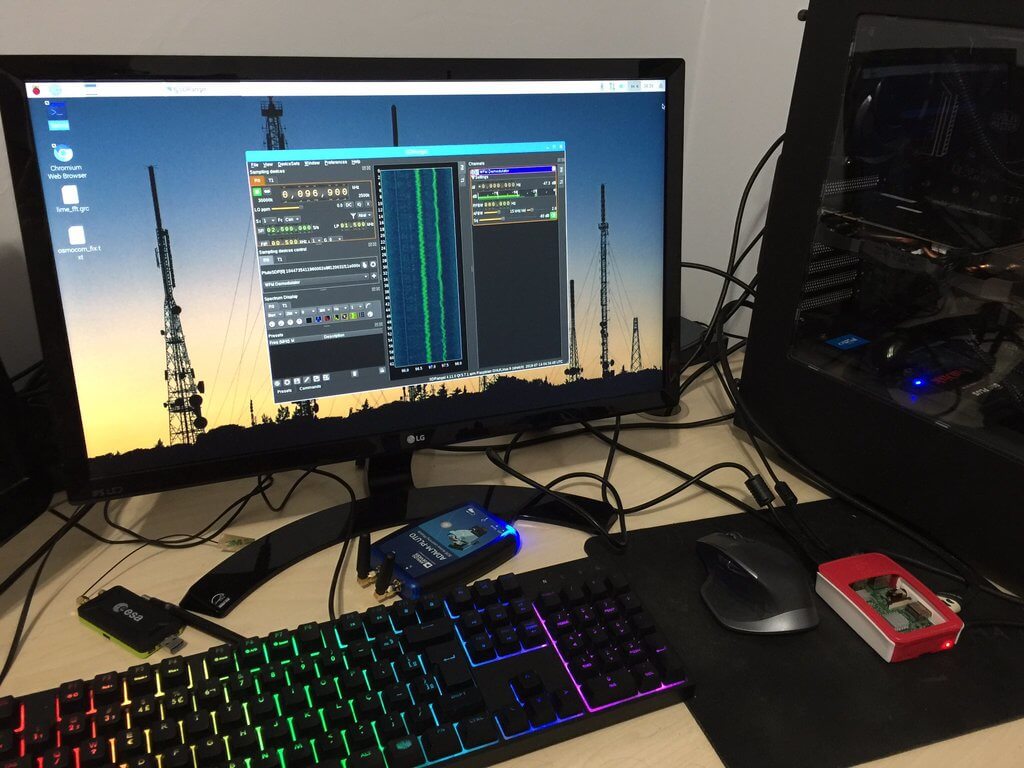Tech Minds: Eavesdropping on Video Monitors with TempestSDR
Over on his latest video Tech Minds' explores the use of TempestSDR to eavesdrop on video monitors with his Airspy Mini. TempestSDR is a program that we've posted about several times in the past. With an RTL-SDR or other compatible SDR like a HackRF it allows you to reconstruct an image from a computer monitor or TV just from the radio waves unintentionally emitted by the screen or cable. SDRs with larger bandwidths like the HackRF or Airspy are better at reconstructing the image as they can collect more information.
In his video Tech Minds shows how to download and setup one of the newer branches of TempestSDR which unlike older versions doesn't require much installation work. Using an Airspy Mini he shows that he is able to view what is on his screen via the emitted RF waves.

